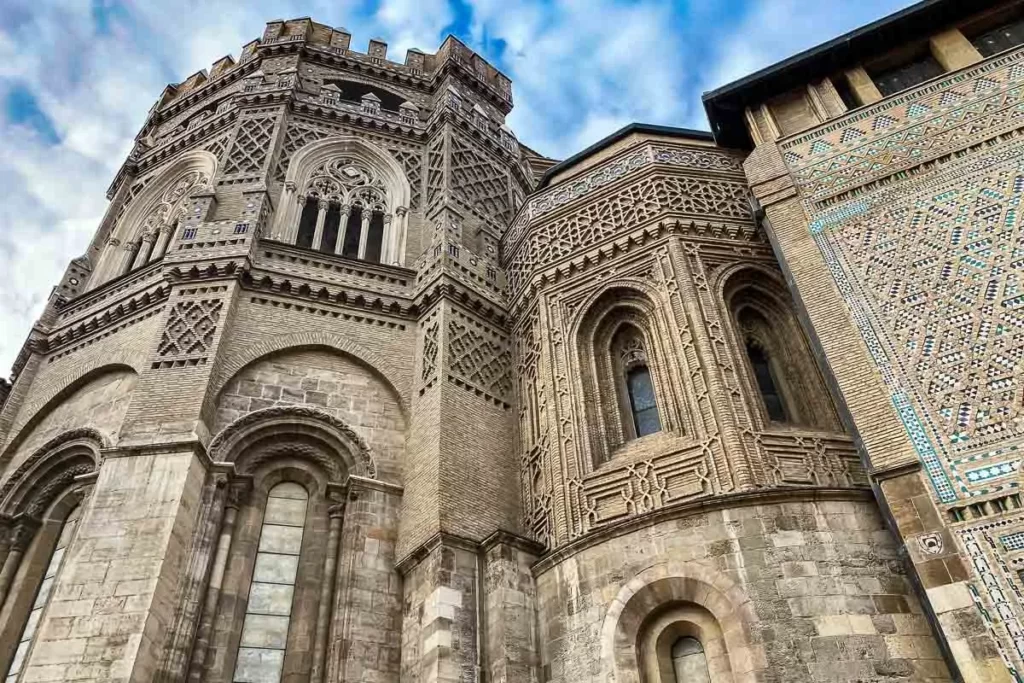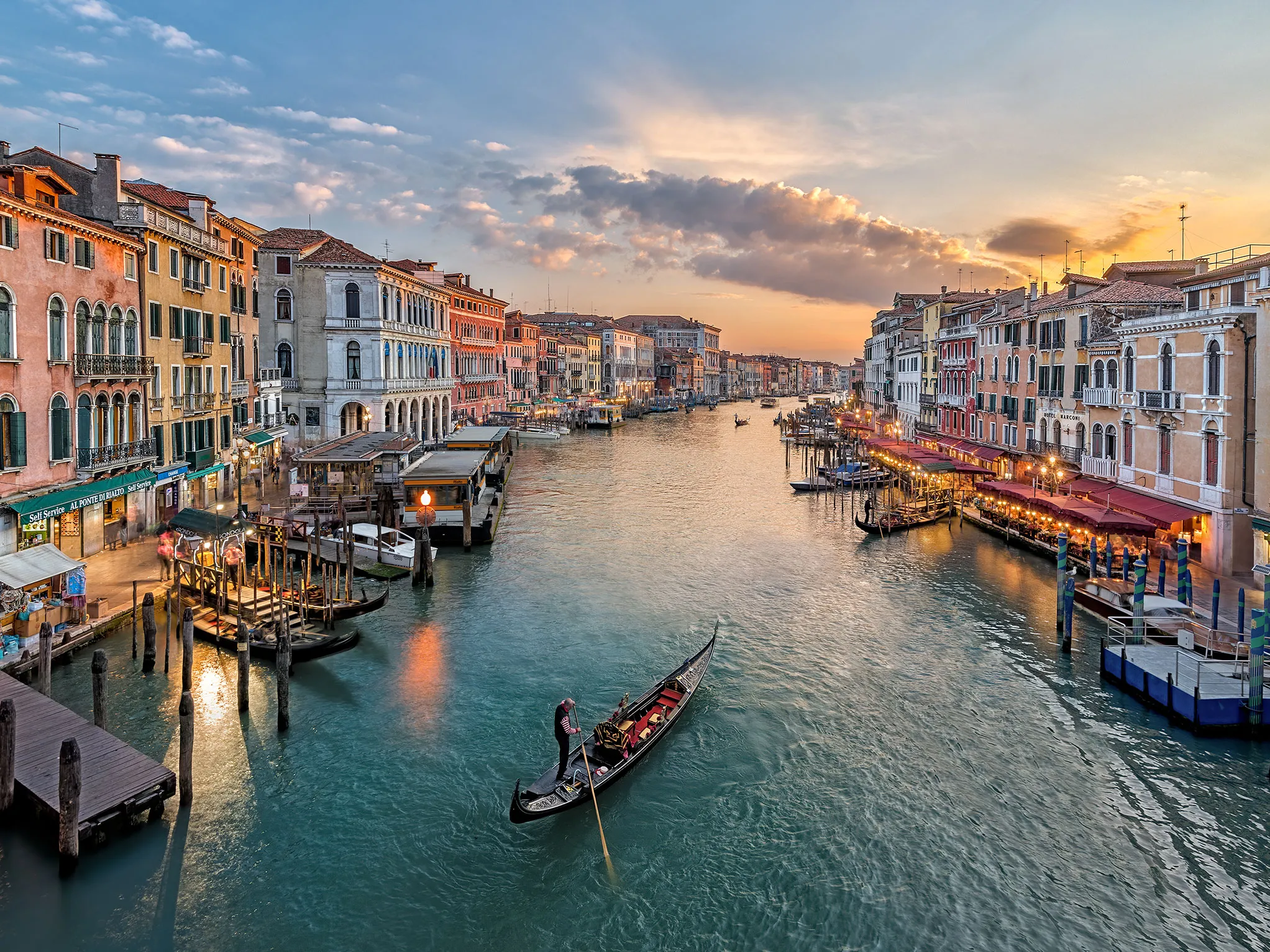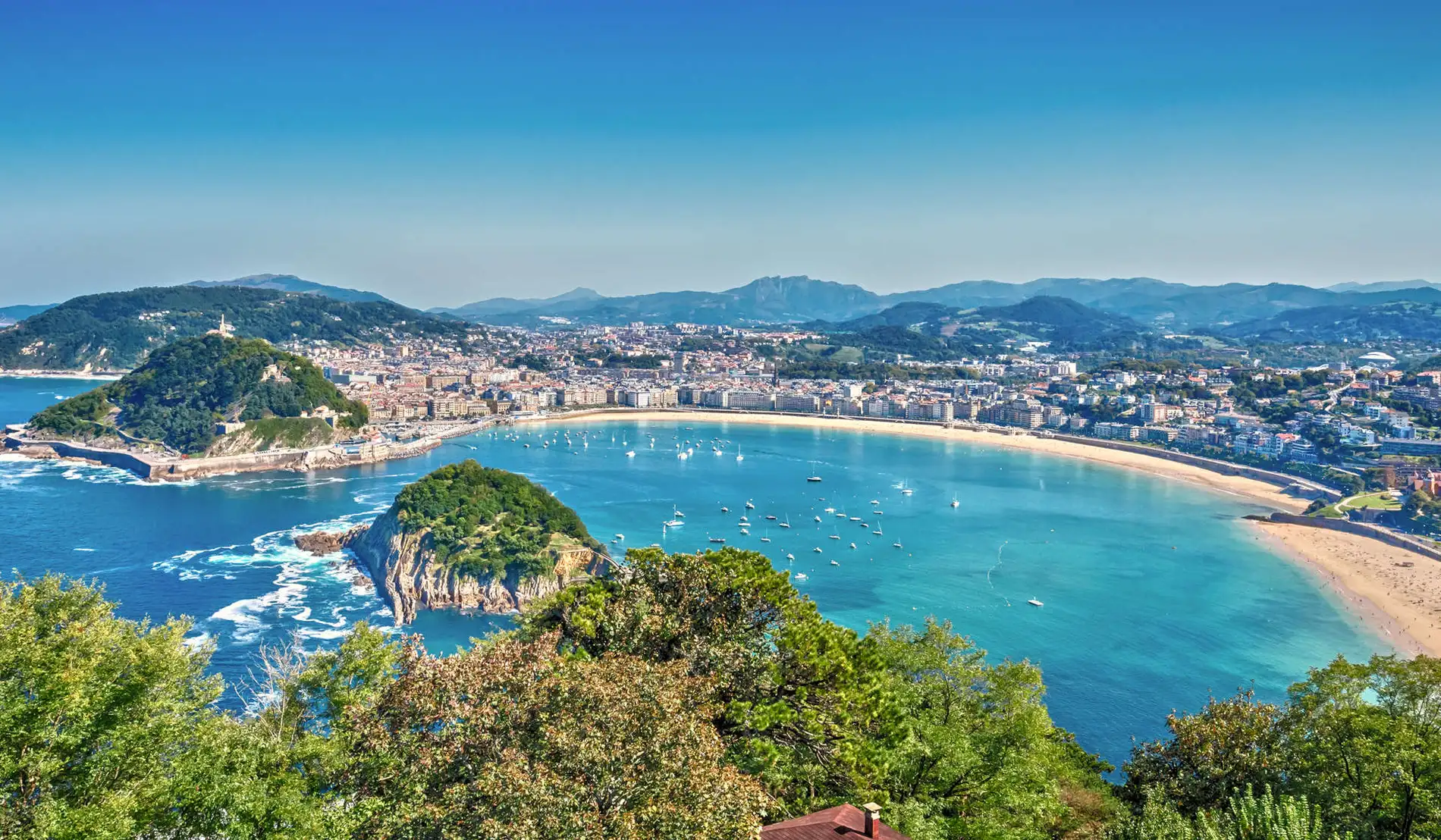Welcome to the enchanting city of Zaragoza, Spain, where history, culture, and stunning architecture converge to create a mesmerizing experience for every visitor. Among the many architectural gems that grace this city, the Catedral del Salvador de Zaragoza, commonly known as the Zaragoza Cathedral, stands tall and proud as a testament to Spain’s rich heritage and artistic prowess. In this blog, we will delve into the architecture, cultural significance, and history of this magnificent Cathedral.
History and Origins of Catedral del Salvador de Zaragoza
The origins of the Zaragoza Cathedral can be traced back to the Roman period when the city was known as Caesaraugusta. The Roman Forum once stood on the site where the Cathedral now stands. After the fall of the Roman Empire, the site underwent several transformations before the construction of the current Cathedral began in the 12th century.
Construction and Architectural Style
The Catedral del Salvador de Zaragoza is a splendid example of Gothic architecture. Its construction spanned several centuries, resulting in a fusion of different architectural styles. The Cathedral’s construction started in 1140 on the remains of a Romanesque church. Over the centuries, various elements, such as the main facade, the towers, and the interior, were added, each displaying distinct architectural influences.
Exterior of Catedral

The Cathedral del Salvador exterior is nothing short of awe-inspiring. The façade boasts intricate sculptural details and delicate stone carvings depicting biblical scenes, saints, and religious symbolism. The Puerta del Perdón (Gate of Forgiveness) is a notable feature, showcasing light Gothic sculptures. The towers, reaching over 80 meters, are a dominant feature on Zaragoza’s skyline, offering panoramic views of the city from the top.
Interior of Catedral

Stepping inside the Zaragoza Cathedral, visitors are greeted with grandeur and spirituality. Soaring ribbed vaults characterize the interior, pointed arches, and slender columns, all quintessential Gothic design elements. The impressive main altar, adorned with intricate retablos and religious artwork, commands attention. The Capilla de San Pedro Arbués, a stunning Renaissance chapel within the Cathedral, is another highlight that captivates visitors with its elaborate decoration.
Basilica del Pilar
One of the most revered and iconic sections of the Cathedral is the Basilica del Pilar, dedicated to the Lady of the Pillar. Legend has it that the Virgin Mary appeared to Saint James the Apostle at this very spot in the 1st century AD, encouraging him to spread Christianity in Spain. The pillar on which the Virgin is believed to have appeared is enshrined within the chapel, and it has become a primary pilgrimage site for Catholics from all over the world.
Cultural Significance
The Cathedral is an architectural marvel and an essential part of the city’s cultural fabric. It serves as a place of worship, a repository of religious art and relics, and a living testament to the city’s history. The Cathedral has witnessed various historical events, including royal coronations, battles, and moments of celebration and reflection.
Visiting the Catedral del Salvador de Zaragoza
The Cathedral is an unmissable destination for those planning a visit to Zaragoza. The entry fee for the Cathedral is small, though there may be a small fee to access certain sections or for guided tours. Visitors should check the opening hours, which vary yearly due to religious events and ceremonies.
Conclusion
The Catedral del Salvador de Zaragoza stands tall as a magnificent embodiment of Spain’s architectural and religious heritage. With its awe-inspiring Gothic design, rich history, and spiritual significance, the Cathedral remains a cherished landmark in Zaragoza, attracting visitors from all walks of life. Visiting this captivating site promises an unforgettable experience, leaving one with a deeper appreciation for the cultural treasures that shape Spain’s vibrant identity.




